Increased Attendance and Equal Pay: Progress for Women in Sports – Sydney
“It’s incredible. I don’t have enough words to describe it,” freshman Nebraska middle blocker Andi Jackson shared with ESPN. On August 30, 92,003 fans crowded Lincoln Memorial Stadium, the home of the Nebraska Cornhuskers football team. But the commotion wasn’t for what is arguably the most popular men’s collegiate sport –– it was for the Nebraska-Omaha women’s volleyball match.
The game that night broke both national and international attendance records for women’s sports attendance. It topped the 91,648 fans who watched the Champions League match between Football Club (FC) Barcelona and Wolfsburg in Barcelona, Spain on April 22, 2022; the 90,185 supporters at the Women’s World Cup soccer final between USA and China at the Rose Bowl in Pasadena, California on July 10, 1999; and surpassed even the attendance at the 2022 Super Bowl by more than 21,000.
“We were walking out of the tunnel after the second set, and we heard on the speaker we had just broken the world record. Everyone was trying to stay locked in, but we were also so excited. I can’t describe how grateful I am to be a part of it,” Jackson added.
Cornhuskers’ volleyball head coach John Cook laughed when he reflected on “going through the tunnel and into the sea of red [which] made him feel like a football coach,” he told ESPN. Immense progress is being made for women in sports: the numbers don’t lie.
“My mind could not even imagine 90,000 people gathered to watch a volleyball game,” Varsity Girls Volleyball Co-Captain Nalani Muniz (‘24) reflected. Cook cried more than five times on the 30th, “overcome with the emotion of such a monumental event.”
Varsity Girls Volleyball player Anna Balsdon (‘24) added, “I think support for women’s sports has improved a lot over the last few decades. Young women are able to have role models in their sports, have supportive teammates, reinforce positive body image, and have a sense of community in athletics.”
But it’s not just the popularity and support surrounding women’s sporting matches that has increased. More and more female athletes are paid the compensation they deserve, ones that mirror the paycheck of their male counterparts.
This year marked the 50th anniversary of equal pay for men and women in the U.S. Open, one of the four Grand Slam tennis tournaments. The fight began in 1972 and was headed by tennis legend Billie Jean King and the Original 9, eight other female tennis players who signed $1 contracts with World Tennis Magazine to take a stand.
Half a century ago, female tennis players competed in tournaments to win a prize that was almost nothing compared to what the males got, such as when King won women’s singles at the first Open Wimbledon in 1968 and was paid £750 (928.95 USD), while Rod Laver was awarded £2,000 (2,478.74 USD) for winning the men’s singles, according to the Pennsylvania Legacies. Now, both parties receive the same paycheck at all four Grand Slam tournaments. Moreover, some female tennis players are among the most highly paid athletes in the industry.
“Billie Jean teaches us that when things lie in the balance, we all have a choice to make. We can either wait around and accept what we’re given. We can sit silently and hope someone else fights our battles. Or we can make our own stand,” Former First Lady Michelle Obama declared after 19-year-old American Coco Gauff won the 2023 U.S. Open.
King is living proof that actions speak louder than words.
There have also been major moves towards equal pay in U.S. Soccer. Since 1991, the U.S. women’s national team (USWNT) has fought for equal pay, but in 2022 the Women’s and Men’s national teams signed a revolutionary agreement. Although the International Federation of Association Football (FIFA) prize money continues to be unequal for male and female teams across the board, the U.S. teams will combine their FIFA prize money and split it equally among the two teams.
“This should be the norm and not just a highlight,” Physical Education and Health Department Chair Coach Meghan Carr commented.
While the fight for equal representation, support, and funding for womens’ sports is nowhere near over, and the sheer fact that so many obstacles and hardships needed to be overcome to reach the status quo is discouraging, it’s vital that athletes and fans alike stay optimistic for the future of womens’ sports. If we don’t believe things can improve, who will?
How Sexism Continues to Overshadow Women’s Sports – Nora
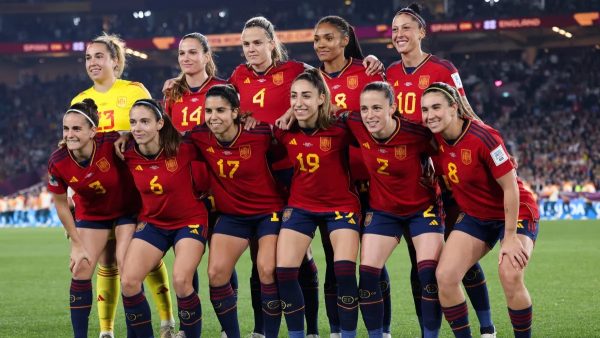
Women’s World Cup Achieves Record Attendance of 1.9 Million fans. Girls Everywhere Are Inspired by the Women’s World Cup. An Incredible 75,784 Supporters Watch England Play Spain in the Final.
These are the types of headlines that should have been dominating coverage of the 2023 Women’s World Cup this past August, a tournament with historic support, viewership, and attention in women’s sports. The competition ended with the Spanish team’s first ever Women’s World Cup victory against England in the final. Unfortunately, headlines after their win went a little more like this:
Spanish Football President’s Kiss Sparks Outrage after Women’s World Cup Final. Jenni Hermoso Accuses Luis Rubiales of Sexual Assault. Controversy and Condemnation after World Cup Kiss.
Instead of articles about Spain’s historic victory, stories about an unwanted kiss dominated major news publications’ coverage in the days after the World Cup final — more specifically, when Spanish football president Luis Rubiales kissed Spanish player Jenni Hermoso on the lips during the medal ceremony. In an official statement posted on her Twitter account, Hermoso stated, “I felt vulnerable and a victim of an impulse-driven, sexist, out of place act without any consent on my part.”
So, rather than a celebration of the progress in women’s sports, a beacon of inspiration for female athletes, and a time for the Spanish team to bask in their glory, this World Cup ultimately became a tale of controversy, sexism, and assault.
Varsity Field Hockey Co-Captain Lily Gover (‘24) spoke about the incident. “I think that it’s a respect thing. That would probably never happen if [the genders] were flipped.” She added, “It’s very disturbing.”
Olga Carmona, one of the players on the winning Spanish team talked about how harmful this incident was. “It is obviously sad that we achieved something historic, something that really takes a lot of work… and that it was overshadowed because of what we all know happened.”
Unfortunately, inappropriate actions and incidents are a common theme in women’s sports. Despite all improvements over the years — like increased attendance at games and equal pay — female athletes’ achievements are often diminished or overshadowed due to sexism. “The Spaniards are not outliers,” as Andrei Markovits, a politics professor and the author of Women in American Soccer and European Football: Different Roads to Shared Glory said. “They are totally the norm.”
The kind of behavior is not specific to just soccer — sexist incidents take place across all women’s sports. Women’s National Basketball Association (WNBA) star Elena Delle Donne, for example, spoke about how people care more about her looks than her playing. In an interview with Time Magazine, she mentioned that “If we have a certain sponsorship, [the media] then ask[s], ‘Is it because you’re pretty?’ And that’s something that I don’t think men get.” She added, “That’s what’s so frustrating. Instead of talking about our skill level on the court, they want to talk about that.”
Donne also said that she gets backlash “all the time” when she talks about sexism in basketball. “It’s like, ‘Oh, go back to the kitchen. Stop expressing your opinion.”’
Tennis player Carley Chen (‘25) also spoke of sexist comments she has received in regard to tennis. “You still get those comments of ‘You’re a girl, you’re never going to beat this guy,’ or ‘Women’s tennis is so uninteresting.’” She added, “Being discredited like that is really frustrating as a female athlete.” Varsity volleyball player Sierra Lever (‘25) mentioned something similar. “People always bring up, ‘You’re good as a girl, but you’re not good.’ And that hurts.”
Often, female athletes feel even more discredited due to a focus on what they’re wearing, instead of how they’re playing. In the 2020 Olympics, the Women Norwegian Handball team wanted to wear shorts instead of the standard bikini bottom uniform for women’s handball. As a result, they were fined $175 each — despite the fact that the shorts didn’t change their ability to play whatsoever.
Serena Williams wore a black catsuit at a French Open game in 2018 because it “helped her blood circulation after a difficult childbirth.” After the game, the more fitted outfit caused controversy. French Tennis Federation President Bernard Giudicelli created a new policy that would “ban players from wearing such form-fitting clothes at the tennis tournament.”
Tennis player Alize Cornet was also given a code violation at the 2018 U.S. Open for quickly taking her tank top off after realizing it was inside out. This is despite the fact that male tennis players often take their shirts off in between games. According to a CNN article, on the men’s side of the same tournament, player John Isner “changed his shirt 11 times.” The same article also mentioned that tennis superstar Novak Djokovic “sat shirtless for several minutes” while his opponent had stepped away. And yet, neither player received a penalty.
These are just examples of the many sexist incidents — from extremely inappropriate behavior with the female athletes, to over-policing their clothes, to general disrespect of their athletic abilities — that overshadow what is truly important in women’s sports, as in all sports: the game itself.


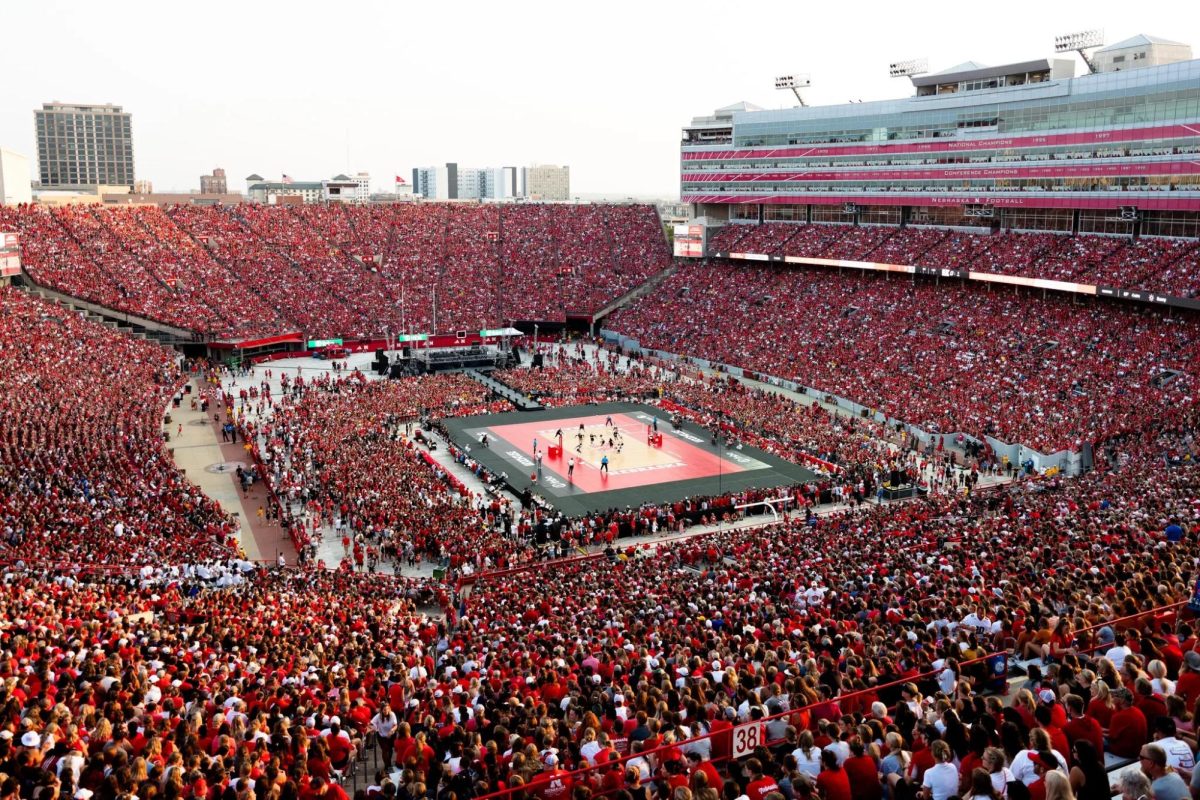
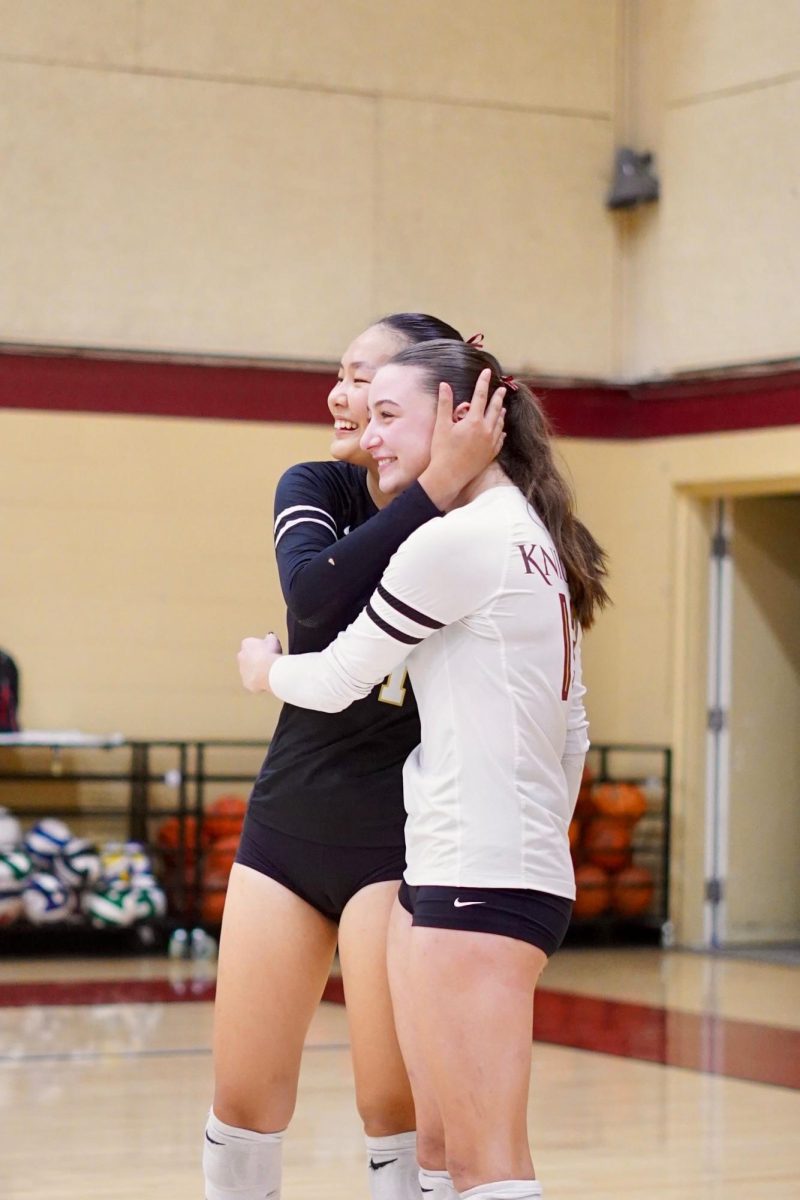


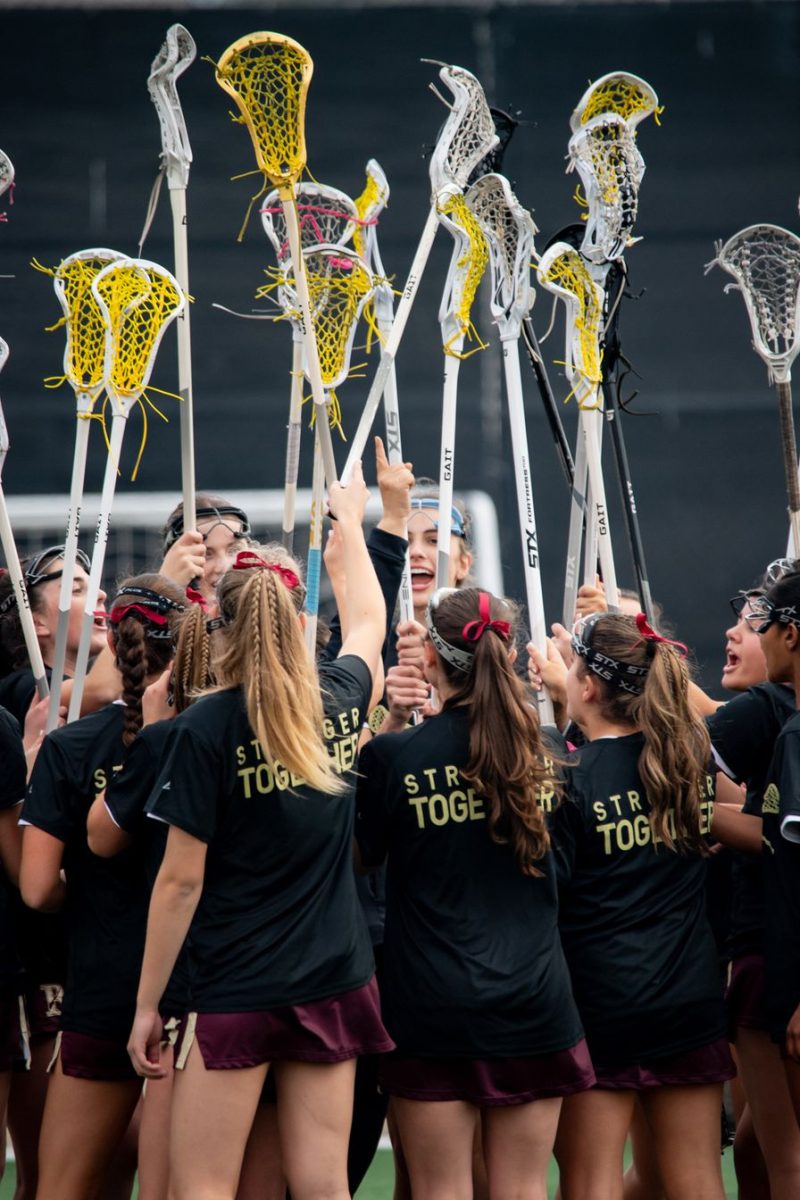
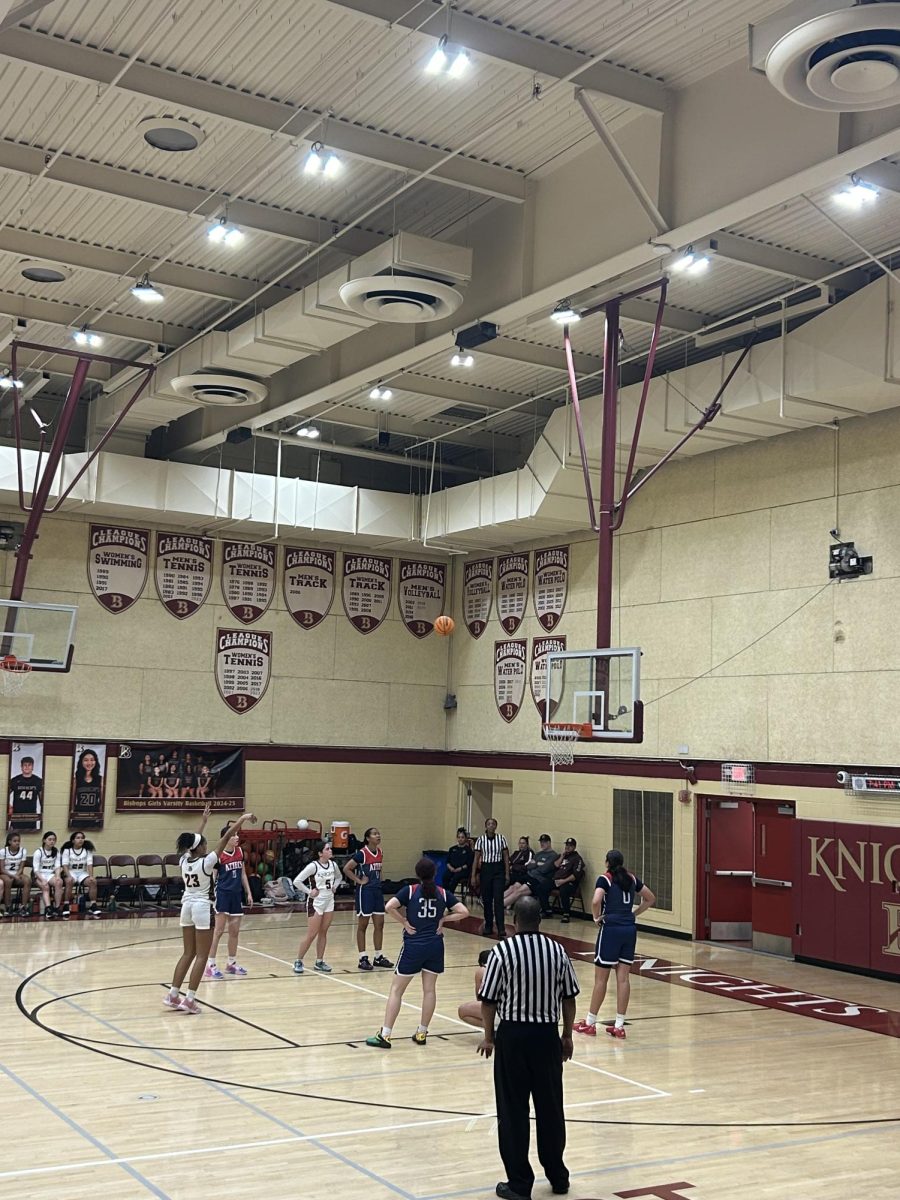
![“I [look forward to] the adrenaline of just competing with your friends and playing a sport that I’ve loved for so many years,” Sydney Mafong (‘26) said. “It’s just unmatched.” The Softball team celebrates a victorious moment in the game against San Diego High School on March 15th during the Torrey Invitational, which Coach Joe “Joey” Moreno called the “first real test of the season” in a Locker Room email and won 10-3.](https://thebishopstower.com/wp-content/uploads/2025/04/Screenshot-2025-03-17-at-21.49.22-1200x1016.png)

